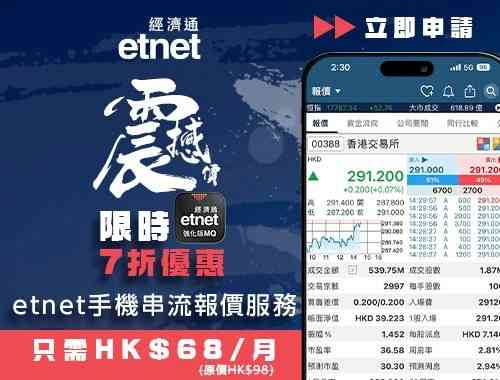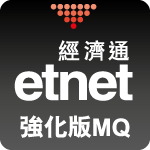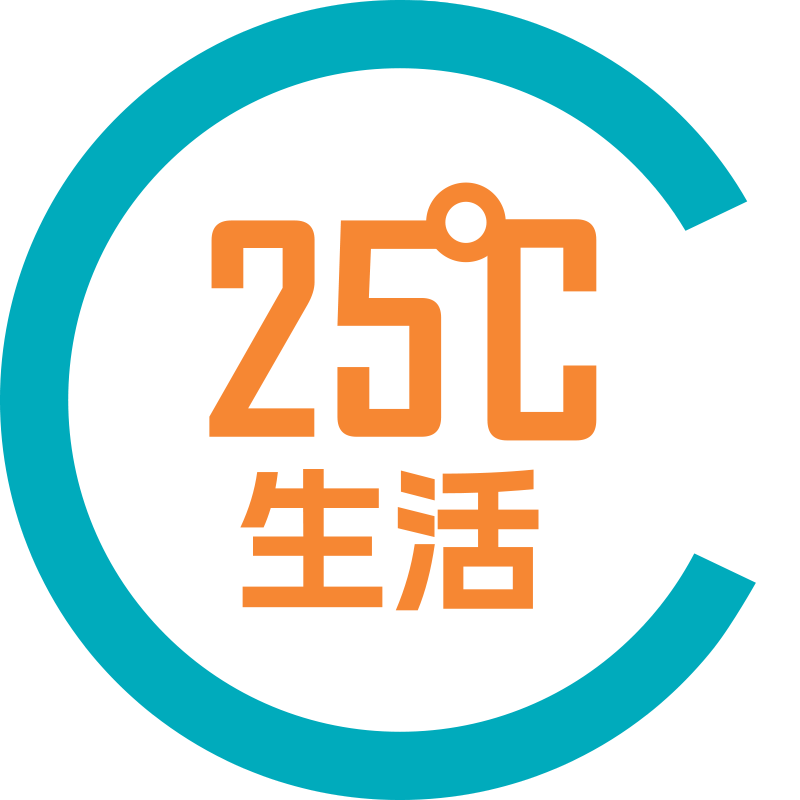This page has been idle for a while. To make sure you don’t miss out on the latest content, please reload the page.Refresh
The Hong Kong Palace Museum’s new special exhibition: "When the Forbidden City Met the Palace of Versailles - Sino-French Cultural Exchanges in the Seventeenth and Eighteenth Centuries" Collections from the Chinese and French palaces are grandly unveiled

























Description
The Hong Kong Palace Museum (Museum) announced that it will grandly present a special exhibition on December 18, 2024 - "When the Forbidden City Meets the Palace of Versailles - Sino-French Cultural Exchanges in the Seventeenth and Eighteenth Centuries" (referred to as "When the Forbidden City Meets the Palace of Versailles") Versailles"). Coinciding with the 60th anniversary of the establishment of diplomatic relations between China and France, "When the Forbidden City Meets the Palace of Versailles" is jointly organized by the Hong Kong Palace Museum, the Palace Museum and the Palace of Versailles in France. It is the first time that important cultural relics from the two world heritage sites of the Forbidden City and the Palace of Versailles are simultaneously displayed in Hong Kong.
Nearly 150 magnificent treasures from the Palace Museum and the Palace of Versailles in France have arrived in Hong Kong, and are being inspected and arranged for display by the research, curation and conservation teams of the three museums. The exhibition is funded by the Arts, Culture and Events Fund under the Culture, Sports and Tourism Bureau of the Hong Kong Special Administrative Region Government. Cathay Pacific is the chief sponsor of this special exhibition, and the Chengqian Foundation and American Express Centurion are the main sponsors. Some of the exhibits are also available at the Hong Kong Maritime Museum and the Chinese University of Hong Kong Library.
The exhibition focuses on the history of mutual admiration, inspiration and exchange between the Chinese and French courts in the fields of culture, art, science and technology from the second half of the seventeenth century to the eighteenth century. The cultural relics on display are diverse, including not only palace portraits and exquisite porcelain, glassware, enamelware, textiles and other exhibits, but also books, technological instruments and other treasures. The exhibits include nine Chinese national first-class cultural relics, as well as collections collected by the Palace of Versailles in recent years. Most of the exhibits are on display in Hong Kong for the first time.
Key exhibits in the Palace Museum:
Behind the chrysanthemum pattern pot made in 1783, there is a craft exchange story of "customized in China, made in France". This pot was always thought to be a tribute from Guangdong officials to the Qing court. However, in recent years, experts from the Palace Museum have discovered a small red model at the bottom, which is the name of the famous French enamel craftsman Joseph in the 18th century. Signed by Cotto (1740–1812). This pot was collected by Emperor Qianlong (reigned 1736–1795) and became a representative work of the fusion of Chinese and French craftsmanship and aesthetics.
The gao jian is a tool for holding bows and arrows. The Galleon (1736–1795) on display is decorated with French silk in a symmetrical "lace" pattern. This silk is exceptionally gorgeous and was popular in the 1720s, mainly produced in France. At this time, China, as a major silk country, exported large quantities of Chinese silk to France, which was deeply loved by the French. The Qing court also tried to imitate fabrics with French silk patterns, making silk fabrics an important medium for Sino-French craft exchanges.
Key exhibits at the Palace of Versailles, France:
The Perfume Fountain (1736–1743) is one of the representatives of Chinese porcelain collected and decorated by the French court. It is also the only Chinese porcelain known today to be owned by French King Louis XV (reigned 1715–1774) and was once placed in his wardrobe. Inside. This imitation brother-glazed porcelain vase was made by porcelain workers in Jingdezhen, China. The exquisite gold-plated copper ornaments were probably made in France according to the drawings of French craftsmen. It shows the gorgeous Rococo art style, making this porcelain vase a witness to the cultural exchange and integration between China and France. .
The image on the Porcelain Portrait of Emperor Qianlong (1776) is based on a portrait of Emperor Qianlong made in the Qing Palace by the Italian Jesuit Pan Tingzhang (1733–1812). The porcelain plate statue was made by the Royal Sèvres Porcelain Factory in France. Louis XVI (reigned 1774–1792) acquired this porcelain tablet in 1776 and hung it in his study at the Palace of Versailles. It is said that he later collected a similar porcelain plate statue and presented it to Emperor Qianlong as a diplomatic gift.
In conjunction with this exhibition, the museum will launch a series of educational activities, including public lectures and parent-child workshops. The workshop combines interactive theater with handicraft activities in an innovative format, taking participants through time and space and back to the era of Emperor Kangxi and Louis XIV. In addition, during the exhibition, visitors can participate in a special educational event in the exhibition hall and "win" a beautiful commemorative postcard of the exhibition. Details of relevant educational activities will be announced on the museum’s website and social media at a later date.
The exhibition "When the Forbidden City Met Versailles" will be officially opened for viewing in Hall 9 of the museum on December 18, 2024, and will be on view until May 4, 2025. The adult ticket for this special exhibition is HK$150, and the special ticket* is HK$75. Those who purchase a museum-wide admission ticket can visit Bank of China (Hong Kong) in Hall 8 of the museum on the same day: "Tracing the Origins of Chinese Civilization" Special Exhibition, Adults Tickets are HK$180, and special tickets* are HK$90. The above tickets include admission to the museum’s special exhibitions (Halls 1 to 7) on the same day. Please refer to the museum website for details. Visitors can purchase tickets through the West Kowloon Cultural District’s online ticketing platform or ticketing partners.
Photo source: Hong Kong Palace Museum (Nearly 150 magnificent treasures from the Palace Museum and the Palace of Versailles in France have been safely transported to the Hong Kong Palace Museum and will be displayed in the special exhibition "When the Forbidden City Meets the Palace of Versailles - The Mid-Seventeenth and Eighteenth Centuries" Exhibited at "French Cultural Exchange".
* Special discounted tickets are available for children aged 7 to 11, full-time students, seniors aged 60 or above, persons with disabilities (with one accompanying caregiver) and Comprehensive Social Security Assistance recipients.
Date and Location
Friday, Saturday & Public Holiday:10:00am - 8:00pm
Closed on Tuesday (except public holiday)




















































































![Windsor House, Causeway Bay | The popular penguin Pingu™ has landed again at [Windsor House x Pingu™ Snow Park] 3 check-in spots: 2-meter-high giant Pingu leads the whole family to sit in the crocheting room and have fun at the ski resort](https://img.etnet.com.hk/customcover/event/2025/01/10/10012025_Pingu_cover_a_m.jpg)















